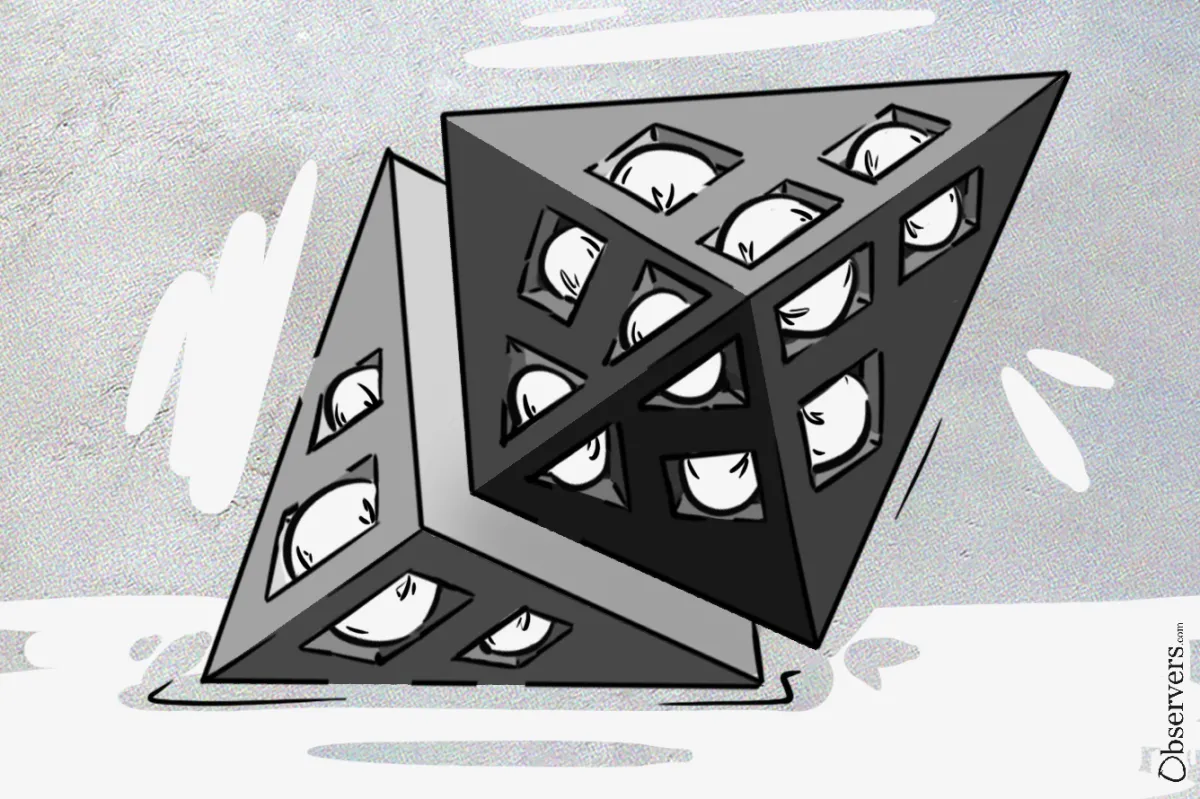
More Demand for Layer2s Than Originally Planned
This year’s Ethereum Dencun upgrade has significantly revamped how Layer 2 rollups interact with the main Ethereum blockchain, introducing “blobs” to enhance transaction efficiency.
By using blobs—new transaction types with additional data segments—Ethereum can now include an extra 1MB to 2MB of data in its blocks. This space is chiefly used by Layer 2 rollups to temporarily store vast amounts of data, slashing their fees by more than 90%.
The dynamic blob fee market adjusts according to demand. When the number of blobs per block exceeds the set threshold (the target), currently at 3, the base fees for using blobs rise. This regulatory mechanism helps moderate usage, ensuring that the supply and demand remain balanced. For example, when inscription blobs (“Blobscriptions”) caused the average number of blobs per block to exceed the target of 3, fees temporarily spiked to over $26 before eventually returning to nearly $0.
Now, as Layer 2 blockchains on the Ethereum network extensively use blobs, about 75% of the “low-cost blob space” is already filled. This indicates they are approaching saturation point, which could eventually influence the cost of blob data storage.
Blobs almost at target - going to be interesting to see what happens when blobs enter a period of sustained price discovery 👀 pic.twitter.com/eljIiAFgic
— sassal.eth/acc 🦇🔊 (@sassal0x) October 16, 2024
Ethereum Choses Adoption Over Short Term Revenue
Vitalik Buterin, Ethereum’s founder, has expressed concern over the system’s proximity to its capacity limits. He noted that while fees are currently low, the potential influx of multiple Layer 2s opting for blobs could congest the market.
One proposed solution is to adjust the target blob count per block from 3 to 4, which the Ethereum co-founder suggested implementing in the upcoming Pectra update scheduled in a few months. This adjustment aims to accommodate the growing demand from Layer 2s in the near to medium term at least.
Despite the benefits, the shift to blob usage has not been universally accepted within the Ethereum community. While it has substantially reduced transaction costs, it has also lowered the overall fees collected by the network. This decline could be a factor in the Ethereum token’s poor performance during the current crypto cycle.
Furthermore, a recent report from VanEck, which reduced its 2030 Ethereum price estimate from $22K to $7.3K, underscores concerns that Layer 2 networks might be leveraging the main Ethereum network more than contributing to it, especially after the Dencun upgrade allowed almost free transaction settlements on the mainnet.
It is interesting how people’s opinions have changed—many now complain about low fees, even though high fees on Ethereum were a big issue a few years ago.
Despite the backlash, Buterin remains committed to his rollup-centric roadmap, even at the cost of Ethereum not earning enough revenue.
Ethereum's scalability relies on various Layer 2 solutions built upon it. In his recent paper, Buterin highlighted some of the current challenges and goals, which include achieving 100k transactions per second (TPS) on both Layer 1 and Layer 2, as well as enhancing interoperability between different Layer 2s.
Ethereum’s job in this roadmap will be to keep these Layer 2 chains secure and connected. Buterin is focused on keeping rollup fees low, and there are not many choices for him at the moment.
Whether Ethereum can balance maintaining sufficient fee levels and ensuring value accrual to its own network remains an open question. We will continue to Observe.

